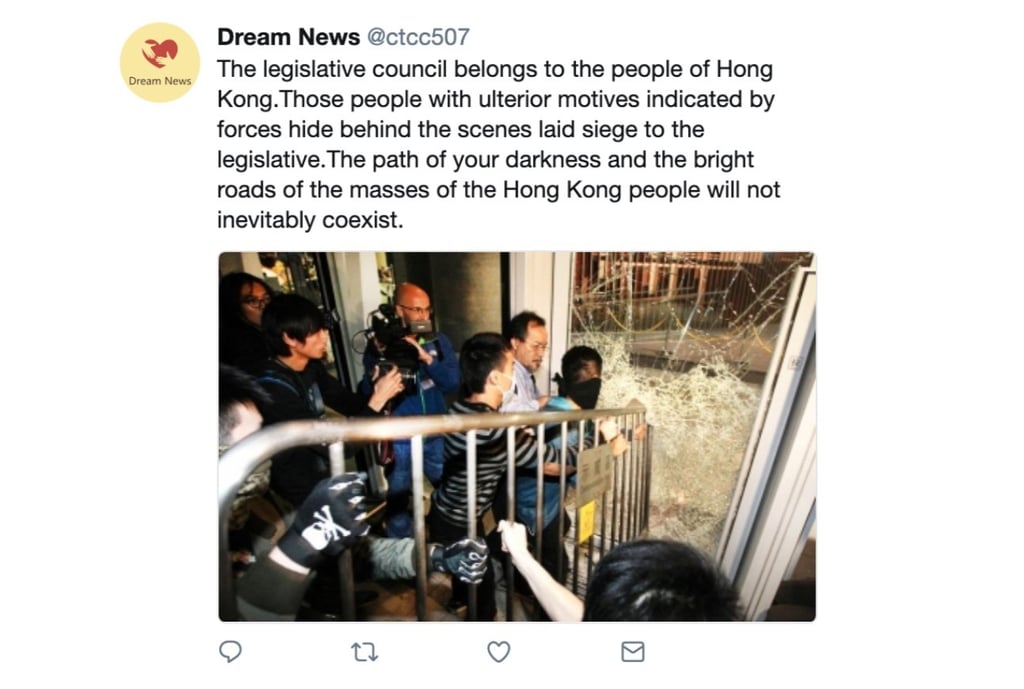Bots or people? Pro-China disinformation campaigns make it hard to tell
Twitter’s crackdown on pro-China accounts attacking Hong Kong protesters reveals how bots and real people combine to spread disinformation

James Albert has been a Twitter user since 2010. He’s based in the US and often shares basketball gossip, along with ads for a K-pop website. More recently, he’s been tweeting about protests in Hong Kong.
But there’s a good chance James Albert isn’t a real person.
Though the accounts are now gone, the list has given researchers a glimpse into the strange world of bots -- and the real people behind them.

Determining which of the removed accounts is run by a real person or a bot isn’t easy. In recent years, automated social media accounts have become more sophisticated. They can be created with relatively simple software that allows anyone to run hundreds or even thousands of Twitter accounts, according to Donara Barojan, head of mitigation operations at Astroscreen.